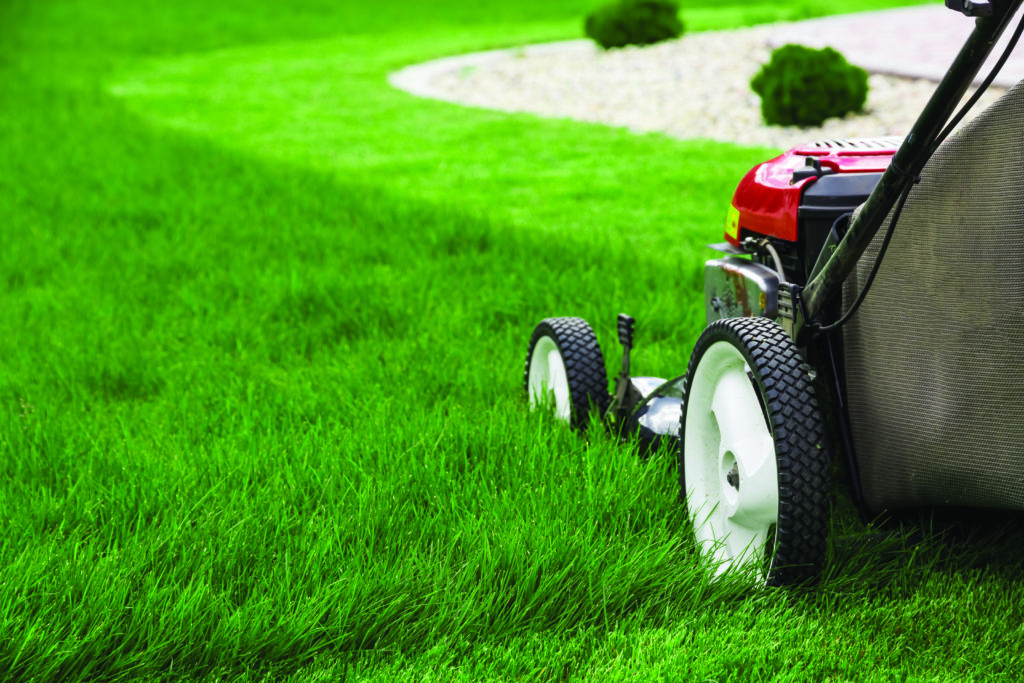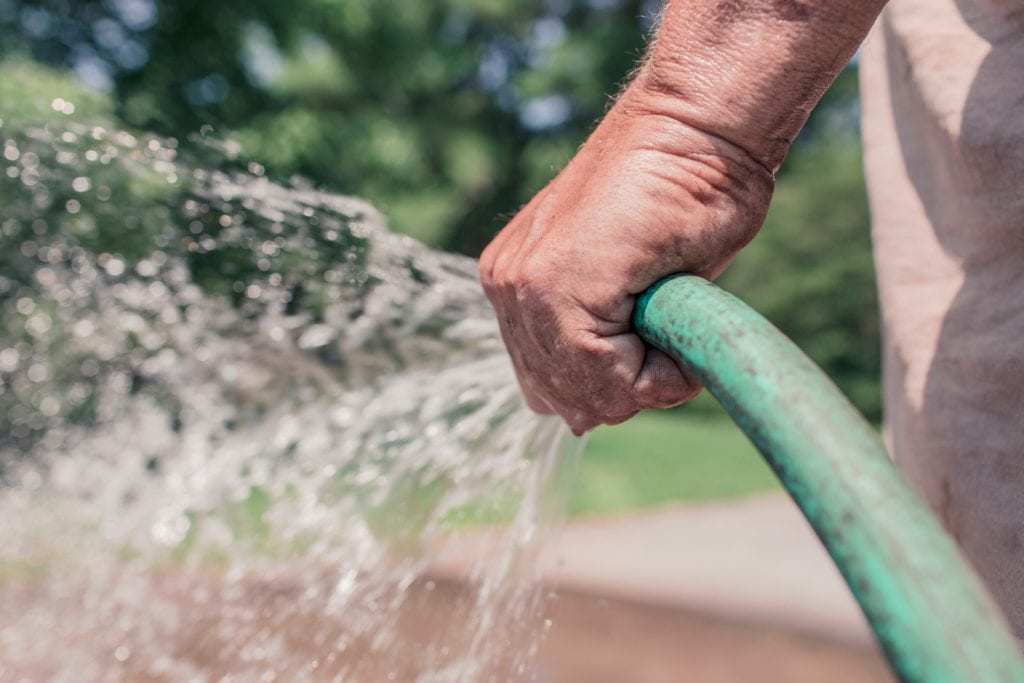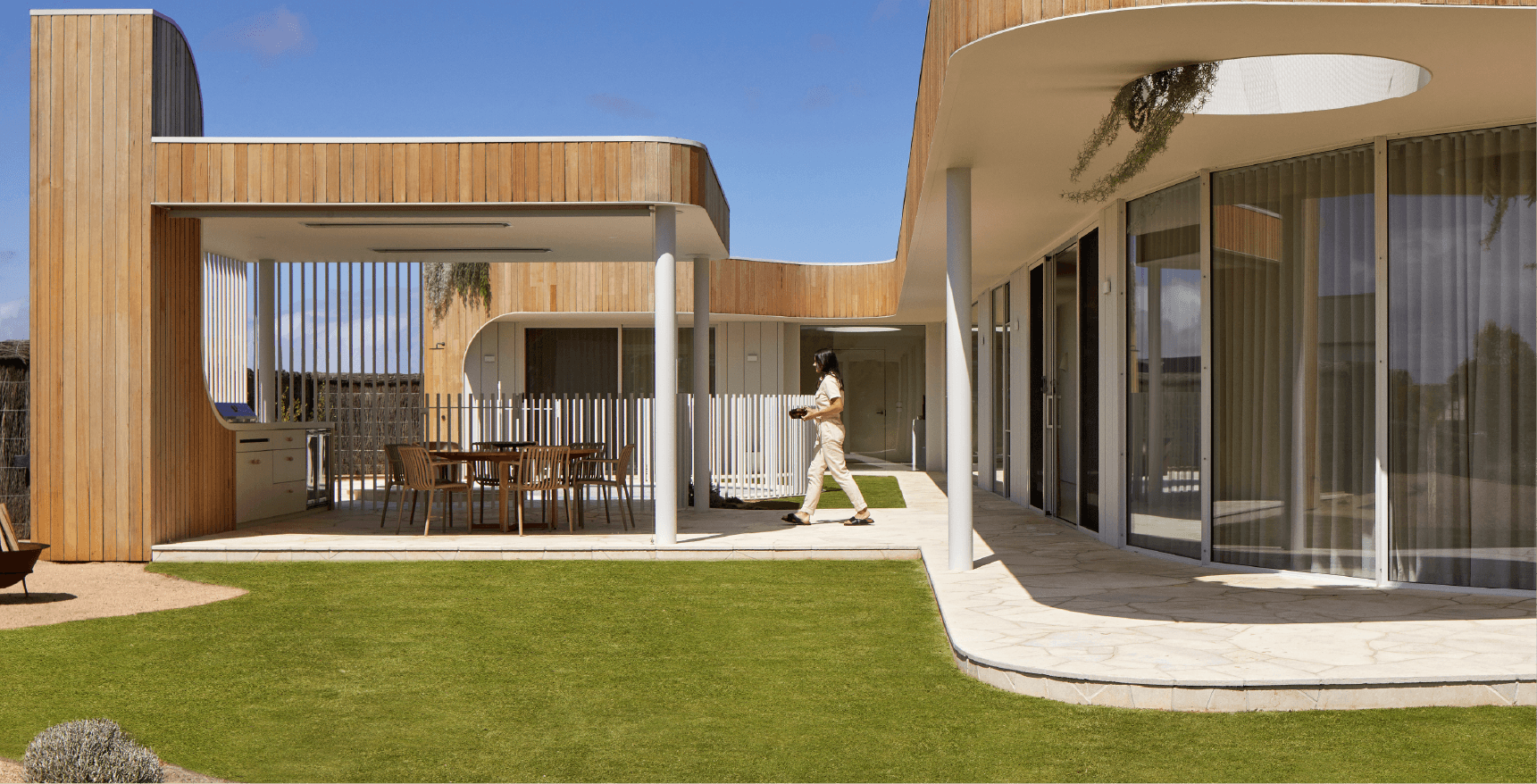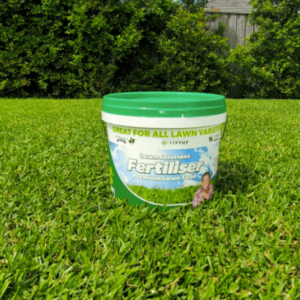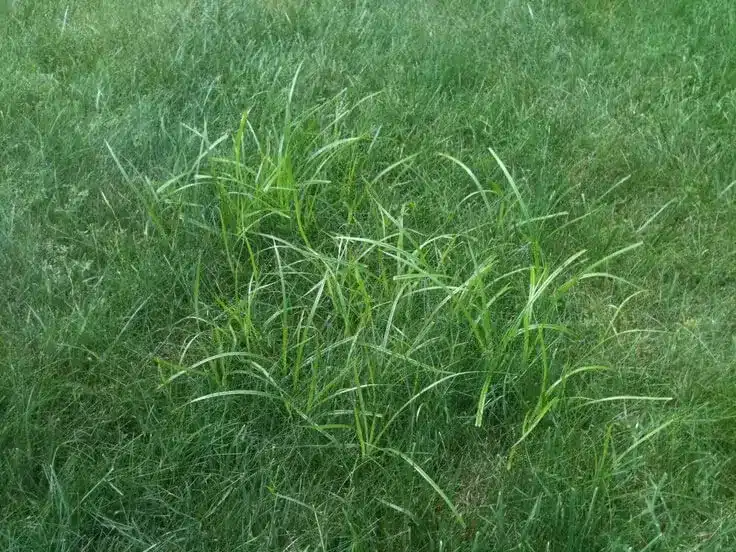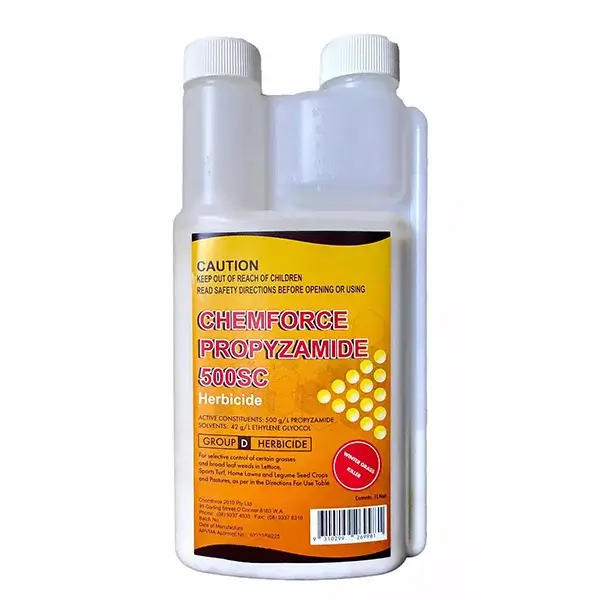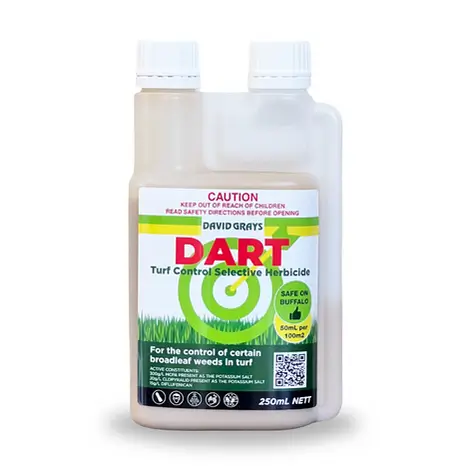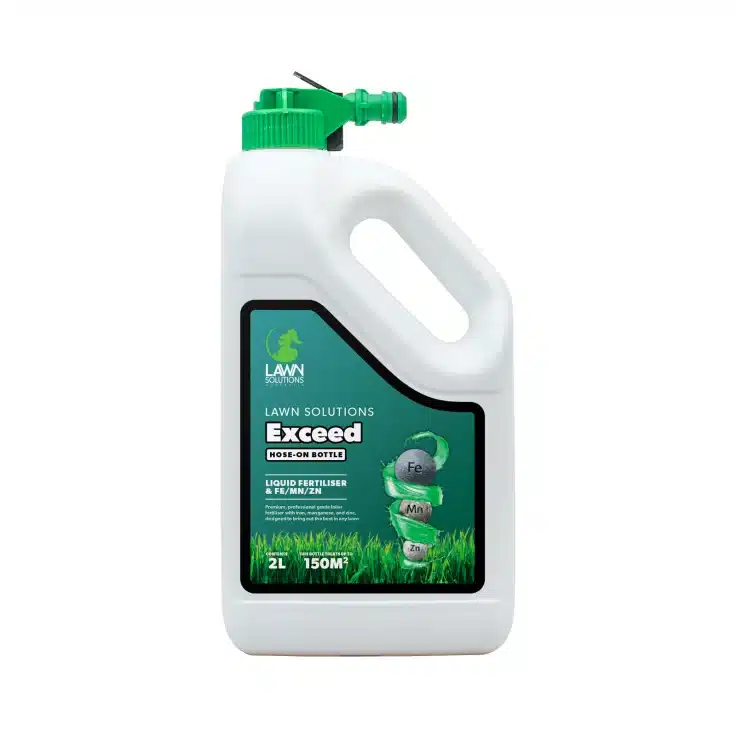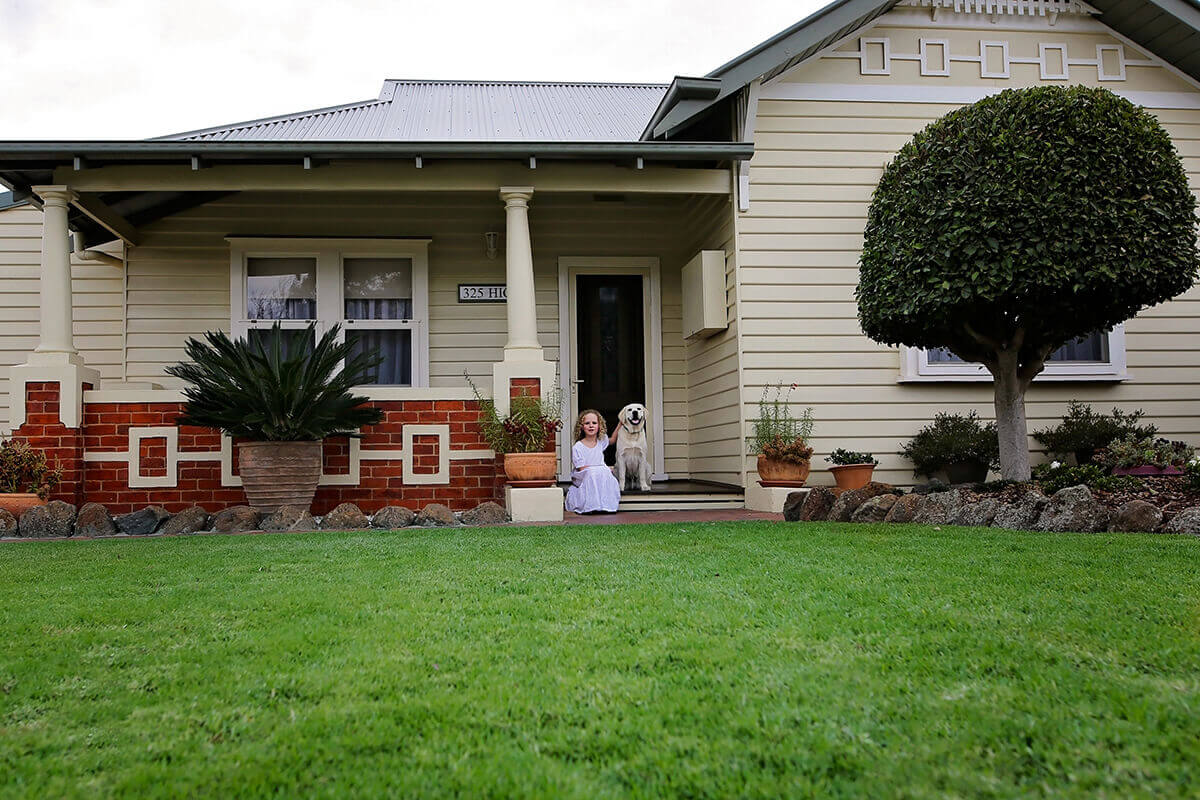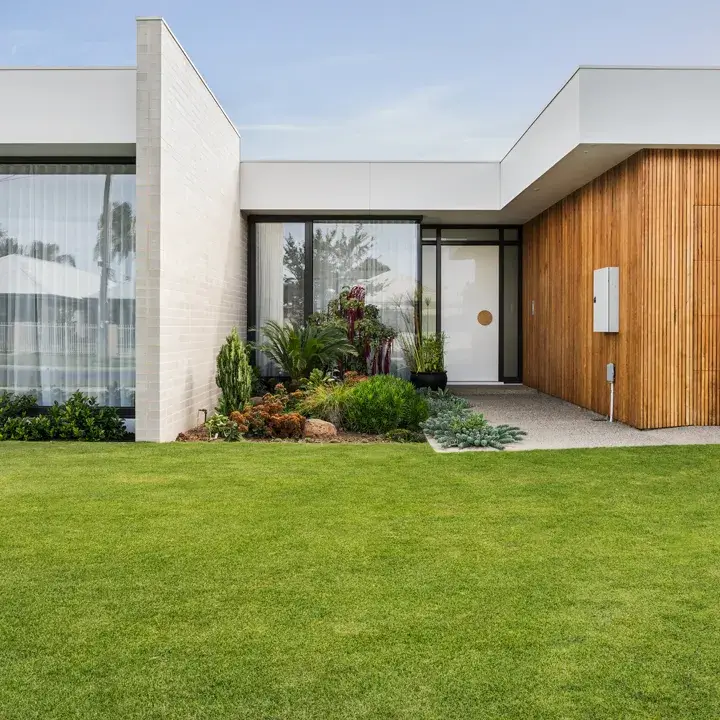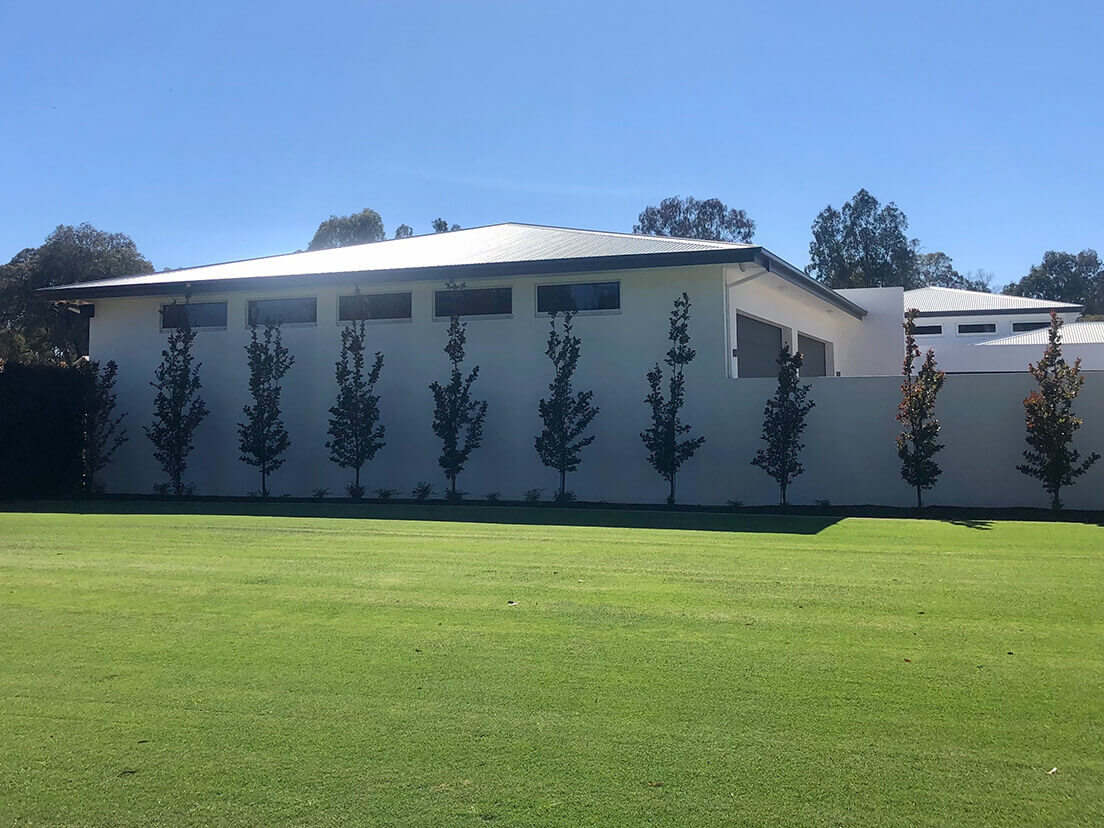The best way to show your lawn some love this Valentine's Day is to ensure it's getting everything it needs to survive this long hot summer.
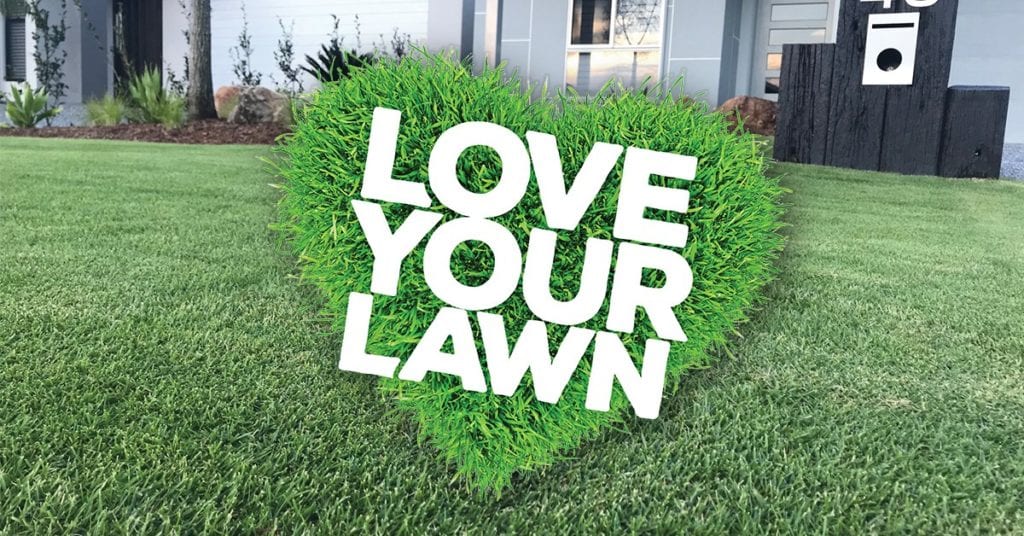
Thorough, smart watering and a good, regular mow is what your lawn needs most this time of year... not cut flowers! Depending on how hectic your summer holidays were, your lawn might also need to be aerated, or an application of a wetting agent or fertiliser and some rest from traffic to recover. This, combined with regular mowing and efficient irrigation, will keep your lawn looking luscious all the way through to the autumn.
This weekend why not create a 'Love my Lawn' list to ensure you're doing everything you can to keep it looking awesome.
Your list could include the following :
- Watering
- Mowing
- Check for dry spots (aka compacted lawn)
- Attend to weeds
We've talked a lot about the importance of irrigating in our recent series of blogs - so let's take a look at mowing in a bit more detail to ensure you are leveraging the results from this vey simple, easy practice.
The right length of grass is critical to the health of your lawn and to minimise weeds. How long is long enough I hear you ask? We advise to leave the leaf a little longer (higher) in shaded areas and when water is scarce. To maximise your lawn’s health in the shaded areas, raise your mowing height a notch or two. This gives your lawn a greater surface to absorb what sunlight is available to it. In addition, keeping your lawn on the longer side reduces stress during summer by keeping soil cool, reducing evaporation and maximising moisture to the roots.
This helpful guide below will assist you to determine mowing heights by variety to ensure regardless of what turf type you have in your yard, you will always have the best looking lawn in the street!
- Nullarbor Couch: 5 to 30mm
- Buffalo grass (Sir Walter DNA Certified Buffalo): 30 to 50mm
- Kikuyu: 30 to 50mm
- Zoysia matrella (Sir Grange): 5 to unmown
- Broadleaf carpet grass: 30 to 50mm
- Hybrid Bermuda (TifTuf): 5 to 30mm
- Fescue: 30 to 50mm
Mowing frequency is Key!
Regularly mowing your lawn while suppressing upright growth, promotes lateral growth and allows more of the sun’s rays to get amongst the leaf, which also improves the density or thickness of your lawn which is a great way to block out pesky unwanted weeds! Never cut more than 1/3 of the leaf blade at any one time. If it needs a severe cut, take it down over a number of mows. This allows the grass to continue to photosynthesise.
Change it Up
Mowing in different directions helps contribute to the health of your lawn by encouraging the individual blades to grow straight, which in turn provides more space for new blades to grow. Ultimately, this gives you a thicker lawn.
Make Sure the Lawn is Dry
Mowing when your grass is wet can damage the leaf blades as they will tear rather than cut, leaving an uneven edge. This can give a ‘chopped’ look to your lawn. I know it's tempting, but maybe wait until it's dry.
Mower maintenance = best looking lawn in the street!
Make sure you keep your mower blades sharp and replace when necessary, so you get a beautiful cut. You can do this yourself or visit your local mower service centre.
Keeping a Level Lawn
If you have lumps or depressions in your lawn it can be a good idea to top dress your lawn. Do this during the active growing season.
What is the best mower?
There are many types of lawn mowers available, from rotary, cylinder and ride-on. Rotary mowers come in two types, mulching or catching. Mulching mowers mulch the grass clippings and deposit them over your lawn. These are good for lawns in poor condition or on poor soils. Catcher mowers catch the clippings for discarding or composting. Petrol powered rotary mowers are powerful, affordable and easy to use. They also suit most lawns. Electric rotary mowers are generally cheaper than petrol mowers and require less maintenance, however they can be less powerful and the cord can get in the way. Battery operated models are improving and can be a great alternative to the traditional petrol models. Cylinder mowers are extremely popular with lawn enthusiasts, as they are excellent for short, fine lawns varieties where a manicured look is essential. If you have a very small area, a hand pushed cylinder mower is also a good option.
Safety first
When mowing always use personal protective equipment (PPE) to minimises your chances of injury. Safety boots are best, as there are no laces to catch on anything and they provide a good grip. Close-fitting, thick pants protect legs the best and a cool, long sleeve shirt protects your body and arms from debris, and the sun.
A face shield or safety glasses will protect your eyes and a dust mask is also handy if it's very dry and there's loose sand around. If you're a regular mower don't forget to protect your ears by using ear defenders or ear plugs. Gloves will also protect your hands and provide a better grip.
General watering - best practice
The best advice regarding watering is water deeply and less frequently. This leads to deeper root growth, which means your lawn will have moisture available for longer. The best time to water is in the morning, and make sure you are following any water restrictions that may apply in your area.
Other Summer Lawn care issues you might be experiencing:
Compacted lawn
The summer period can leave your lawn feeling a little unloved after a busy Christmas holidays with an increase in activity, extra vehicles, caravans, tents, boats, and additional foot traffic from people and pets.
As a result your lawn may have developed some compacted areas and if that’s the case, it may be time to aerate to help it get more oxygen and water. If you aerate, you'll loosen up your compacted soil and allow water, nutrients and air to get to your lawn’s roots. You can use aerating sandals or hire an aerator from your local Bunnings store. To determine if you need to aerate, grab a screwdriver and try to push it into any suspected compacted, high-traffic areas. If you can’t easily push it in 10 to 15 centimetres, then a good aeration will do wonders for your lawn’s recovery.
Weeds
One of the best ways to reduce weeds is to have a healthy lawn so it chokes them out. The recommended strategy is to clean up any weeds before they go to seed and create problems for you later. Look at the basics before you turn to the spray bottle – check your soil, aerate, and top-dress if necessary; mow regularly and fertilise. If weeds are still an issue, either pull them by hand or try a selective herbicide that’s safe for your lawn. If you need some further information on control of summer weeds touch base with our Coolabah Turf team anytime or visit this helpful link.
Dry spots
If your lawn has dry spots, then lack of water or poor soil and drainage could be the problem. Apply a wetting agent over your entire lawn is a quick fix. Water the affected area well with a hose, then water the entire lawn. Always be mindful of smart watering and adhering to any restrictions in your area. Next, applying a quality fertiliser will encourage your lawn’s growth. A deep watering will break down the fertiliser and give your lawn the best chance to thrive.
Bonus tip
Another suggestion for lawn care if your area is unirrigated or lacking irrigation is to consider applying a grass pigment. A natural, organic-based pigment like ColourGuard will instantly green up your lawn. Its like botox for your backyard!
For more information about lawn mowing visit our website link here and check out this awesome video from Lawn Solutions Australia for all the inspiration you need to love your lawn this weekend!

